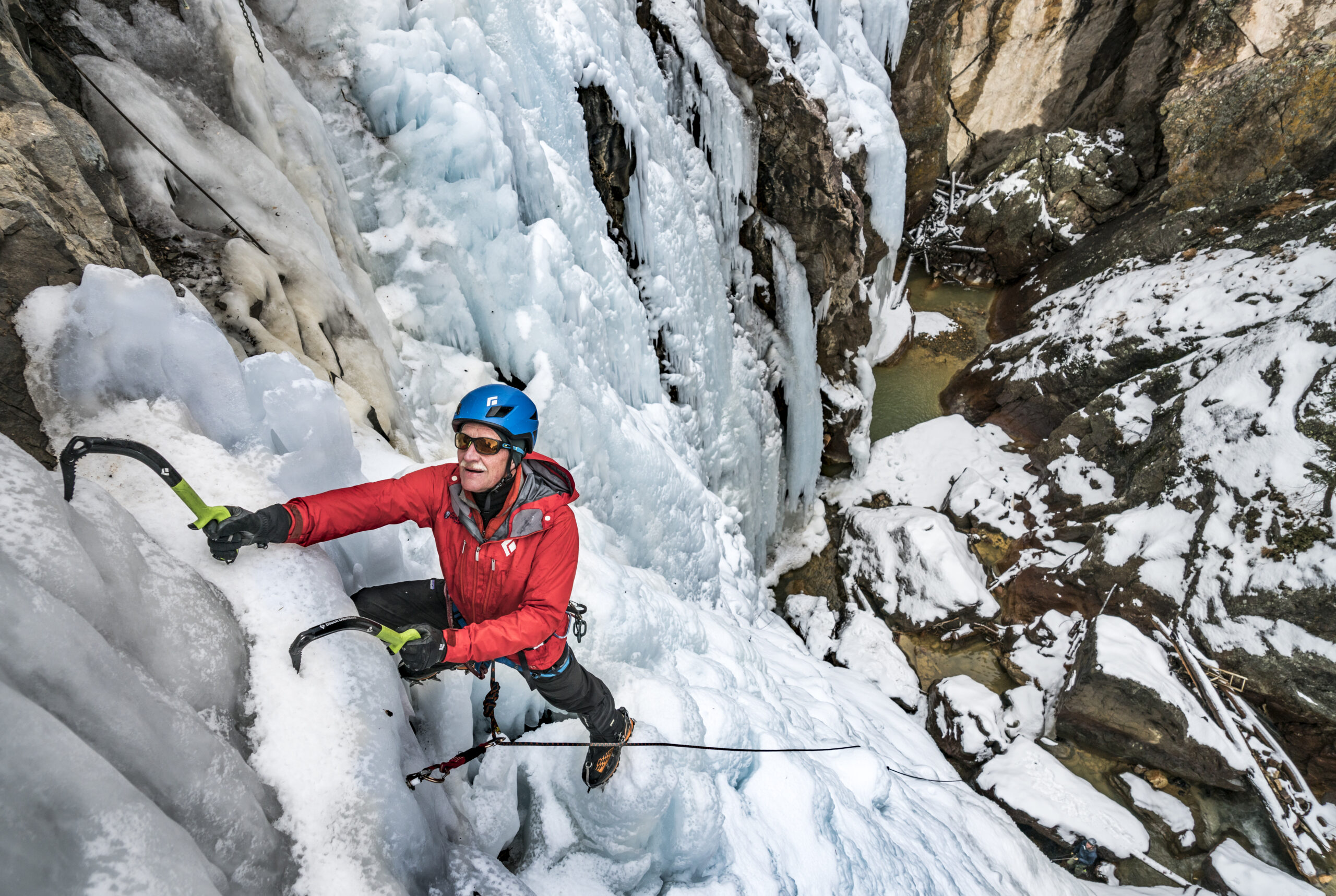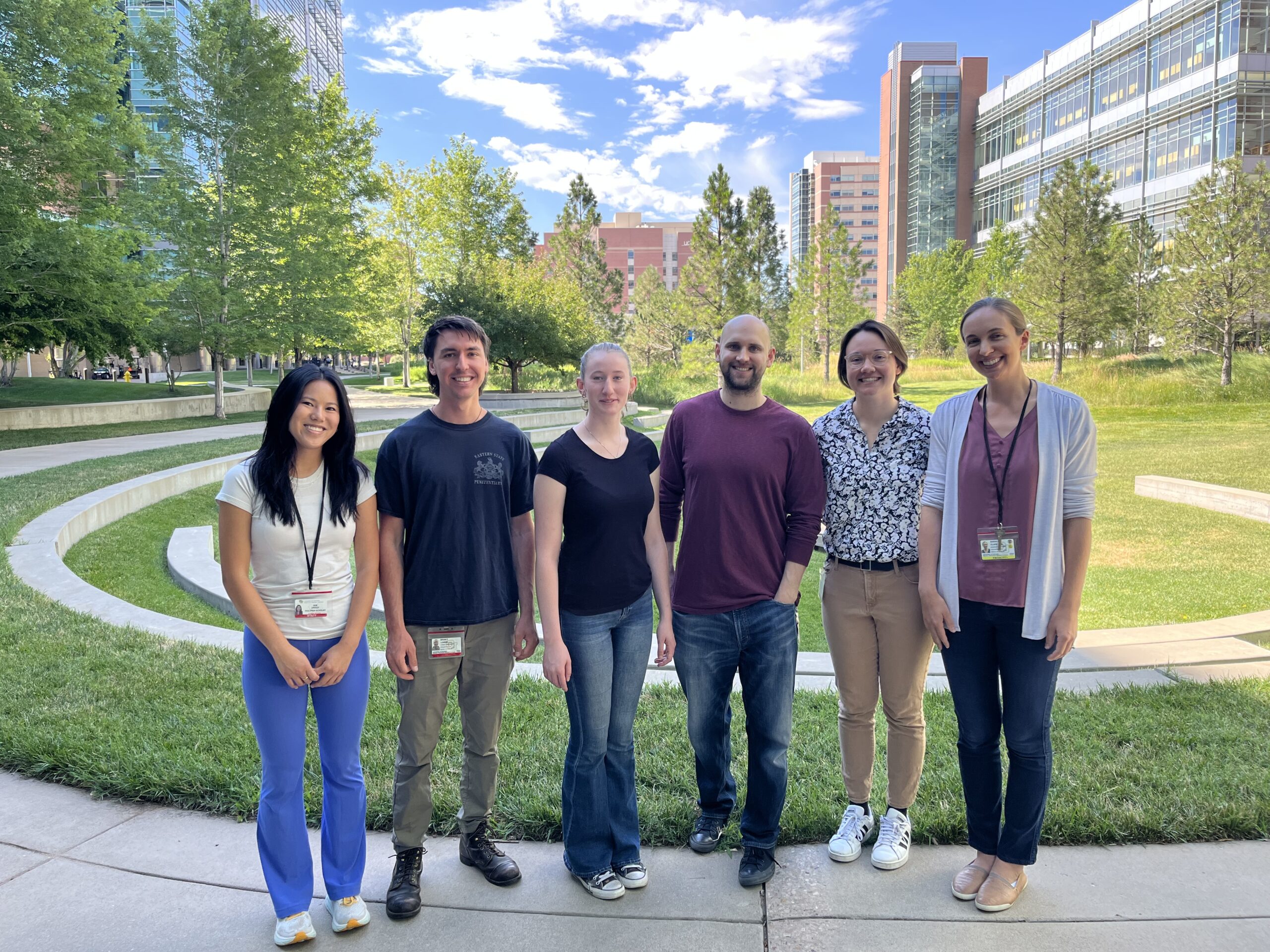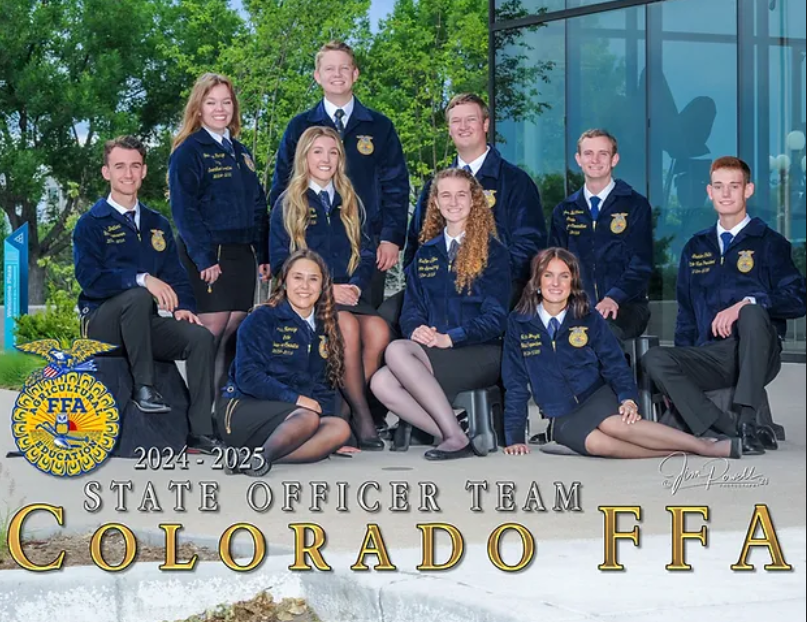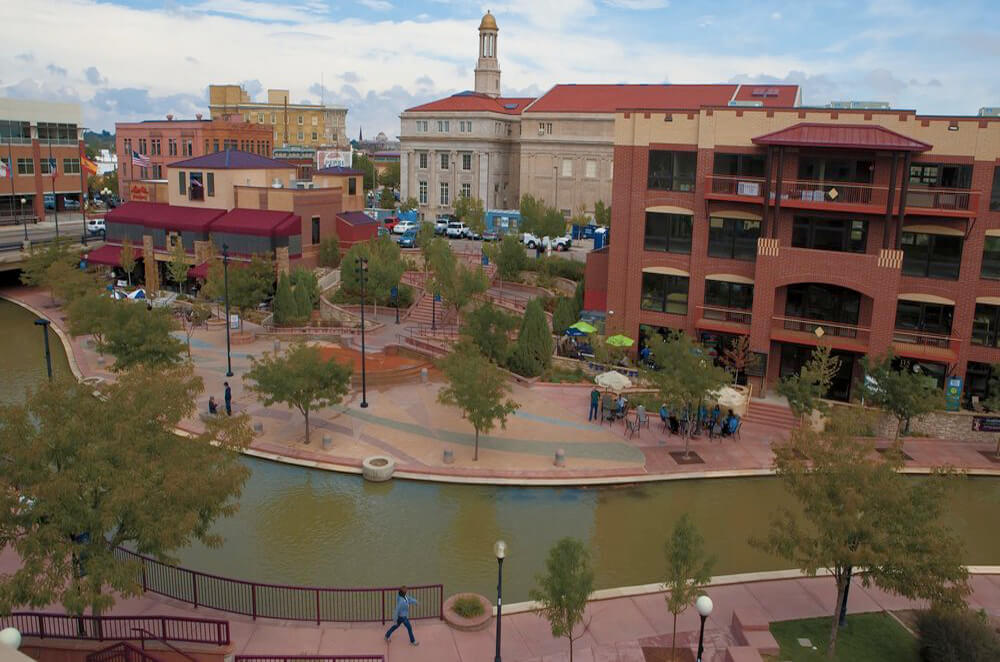Nestled within the Western Slope sits Ouray, a city which, much like its neighboring towns, owes its founding to prosperous mining in the late 1800s. Today, more than a century after the silver boom, Ouray has fewer than 1,000 residents.
In the summer, trails, rafting and more provide activities for tourists – many of whom stop over on their way to the more famed Telluride and spend money at Ouray’s restaurants, bars, and hotels, helping to breathe life in the local economy. In the winter, however, Ouray’s lack of ski slopes meant that for decades, the city often felt like a ghost town.
“If you were to talk to locals, they will tell you in the winter they rolled up the sidewalks,” said Peter O’Neil, executive director of the Ouray Ice Park. “You could literally lay in the middle of Main Street and never see a car. But that’s changed dramatically.”

For the past 30 years, thanks to some creativity and ice, the city welcomes more than 20,000 visitors each winter, which allows Ouray to stay afloat when it’s draped in snow.
In the mid-1980s, gutsy outdoorsmen noticed that the walls of the Uncompahgre mountains, which surround Ouray, were covered in icicles – perfect for climbing! But they wanted more. So, they used hoses to cover the rocks with manmade ice to climb.
Visitors flocked to the ice climbing walls, and Ouray realized it had a new landmark for tourists.
“The ice park is to Ouray as the ski hill is to Telluride,” explained O’Neil.
In 1997, the Ouray Ice Park was established, and every winter since, the Ice Park has opened to the public with free admission. To fundraise and allow for free entry, the park hosts the annual Ouray Ice Festival, which welcomes climbers from around the world.
Between the festival and daily climbers in the winter, the Ouray Ice Park is a major economic driver for the city. A recent economic impact study showed park visitors and climbers contributed $18.7 million directly and indirectly to Ouray’s winter economy.
“Ouray is now a vibrant city in the winter, and the park really is a huge resource for the community,” said O’Neil.
But when a city relies on ice as its main source of revenue, it’s really relying on water – a resource that is scarce in the West. Historically, the Ice Park did not have its own water supply; instead, the park would farm ice out of overflow from the city’s municipal water tanks.
Over time, persistent drought and climate change has threatened to melt away Ouray’s source of income.
Without water, the Ice Park faced closure. And without the Ice Park, the City of Ouray faced a difficult reality.
“We need to find a way to make sure we have water 20 years from now, or even five years from now,” said O’Neil.
Thankfully, a mix of public-private funding, partnering with the Colorado Tourism Office and a grant from the Boettcher Foundation in 2022, helped protect Ouray’s spring-fed water supply and build improved infrastructure to ensure that the town and the Ice Park have access to sustainable water sources for decades to come.
“This has been an incredible collaboration between multiple stakeholders,” said O’Neil. “The Ouray Silver Mines worked with water engineers and attorneys to give the Ice Park three water shares and move a point of diversion so we can take water from Canyon Creek. It’s a non-consumptive use, which means we will run it through our sprayer system and make two miles of ice. Then in spring, it will melt and go back into the river.”

Guaranteed water means guaranteed ice. And guaranteed ice means that the Ouray Ice Park can continue welcoming climbers while also supporting Ouray and the community.
“Having the Boettcher Foundation grant was huge because it’s very difficult early on in a capital campaign to get people to give,” O’Neil said. “With Boettcher Foundation as one of the first entities to step up, I was able to secure additional funding – it was a seal of approval.”
Colorado’s Western Slope owes its roots to mining, which has essentially become a pastime as the state has grown and industrialized. That forced the small cities and towns dotting the mountains to find new sources of revenue or face going bust. Ouray is a shining example of a city honoring its past while finding creative ways to sustain its community and future.
“An ice park is a very niche thing, and it meant an extractive mining industry, the community and a recreational nonprofit all working together to make sure the town stays vibrant in the winter and sustainable for the next generation,” said O’Neil. “We’ve brought people together to solve a problem for the community.”
That’s the spirit of Boettcher.




